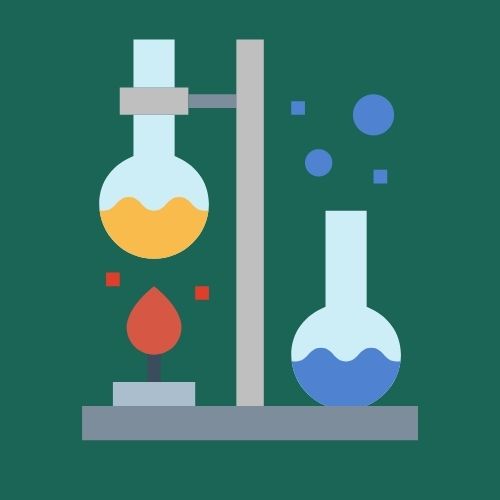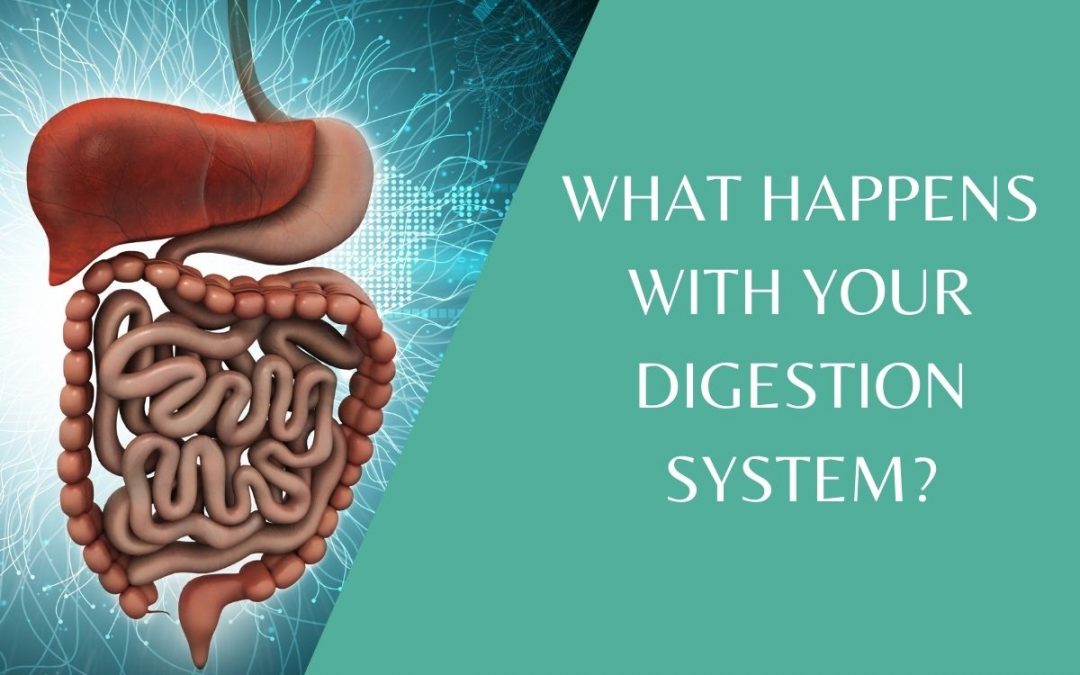Do you know all the processes in digestion?
Can you name all the organs involved?
Can you explain the difference between Protease and Amylase?
We are here to help you answer these questions and make understanding digestion straightforward.
Digestion is covered throughout your science education so it is essential you have a good understanding of all the organs involved and their role; along with all the chemicals involved and why they are important.
What is it?
Digestion is the breakdown of food using mechanical and chemical means. We then absorb the useful substances into the blood to make use of them. Any waste is passed onto the large intestine, where water is removed and then we excrete the waste. Digestion involves many stages and chemicals to ensure all substances are broken down, this takes place in an organ system consisting of many organs, each with its own function.
Is the small intestine important?
Although the name implies it is small, the small intestine in humans is very large. It can range from 6-7 metres long, compared to the large intestine which is approx 1-1.5m long. The small intestine is where all the useful small molecules, such as glucose are reabsorbed into the body. These molecules are then transported to the sites that require them for the next stage. In the small intestine there are also enzymes present; lipase, amylase and protease. So yes the small intestine is very important in digestion.
Can we manage without any enzymes in our body?
We need enzymes to enable substances to be broken down into smaller molecules so that we have the useful molecules we need for other processes in the body. For example, starch is broken down by the enzyme Amylase into sugars. These sugars are then used in respiration, required for the release of more energy.
How do enzymes work?
Enzymes are substrate specific, this means that they only work on one specific substance, for example, Amylase will only break down starch. The substrate starch is a specific shape and only that shape fits into the enzyme amylase. The area it fits into is known as the active site. Enzymes are known as biological catalysts, so they are able to speed up a reaction without being used up and they can be used again. The way the enzyme works is known as lock and key, the enzyme is the lock and the substrate is the specific key. It is also essential you remember that enzymes are proteins which means the active site is made up of chains of amino acids. There are different conditions that can affect enzyme activity; for example, if the temperature rises above 40ºC the enzyme becomes denatured. This means that the shape of the active site has changed and the substrate will no longer fit so the reaction can no longer take place. Enzymes have an optimum pH and temperature that they work at. Make sure you know what these are and can interpret graphs showing enzyme activity.
What happens to all the waste made?
After the useful substances have been reabsorbed in the same intestine the remaining substances pass through to the large intestine. Here any water remaining is reabsorbed. Leaving behind indigestible food, this is stored in the rectum before leaving the body through the anus as faeces.
Make sure you know all the organs and chemicals involved in digestion as we have only covered some of the key points.
Hopefully, this blog has given you an insight into the key areas you need to focus on when learning about Digestion. Remember to start simply when learning a new topic or revising, start with the keywords and their meanings. Then move on to the function of the organs and chemicals involved in the process. Gradually it will all come together and make sense.
Don’t forget that we have many science lessons available on our YouTube channel, as well as some ScienceKitShort courses that go into more detail on different topics. These courses also come with resources to help support your learning.
We have also launched our KS3 Revision Physics 2022 course and are working on the Chemistry and Biology versions. Get in touch if you have any questions or would like some help with your KS3 science learning to fill in any knowledge gaps you have.
KEEP UP TO DATE - DON'T MISS OUT!
Our regular newsletters are filled with helpful and interesting information to help you with your Science at school

